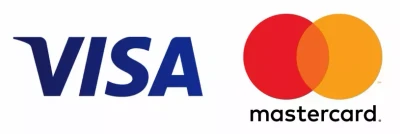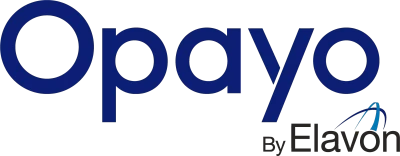Red thread is a fungal disease that grows on the grass plant rather than within it. Irregular patches will appear with dead leaves interspersed with live plants.
Symptoms | Irregular patches will appear with dead leaves interspersed with live plants. Patches have a pink coloured tinge to them and become more balanced over time. The grass will become pale pink and red needle like growths. Pink mycelium may also be present in conductive conditions. |
Susceptible grass species | Fescue and perennial ryegrass is very susceptible. Annual meadow-grass and bentgrass is occasionally affected. |
When does it appear? | Will appear in the Spring through to the Autumn. |
Turf Condition | A slow growing turf, with low fertility and a moisture retentive turf surface. |
Causes
Red Thread is a fungal disease that occurs mostly on turf where there is a low soil nitrogen level.
However, there are cases of nutrient independent Red Thread attacks.
Light brown spots can be seen on turf, which have a reddish appearance.
Red mycelial growth extends out from lesions in leaf.
Compacted soils or conditions where poor rooting is likely can increase disease occurrence.
Cultural Control
Red thread is an indicator of low nutrition, especially nitrogen.
The first approach should be to prevent this situation arising by applying adequate nitrogen fertiliser as part of a programmed approach.
Apply the correct fertiliser according to turf situation and height of cut.
Aerate soil to encourage good root growth.
Select resistance grass cultivars.
Chemical Control
Apply Dedicate (Tebuconazole, Trifloxystrobin) or Instrata Elite (Moderate Control) (Fludioxonil, Difenoconazole).
Always add Prestige Super Recovery to each fungicide application.
Notes:
Use fungicides as part of an IPM programme and be aware of causing resistance to one chemical group by its regular use.
Use plant protection safely. Always read the label and product information before use












